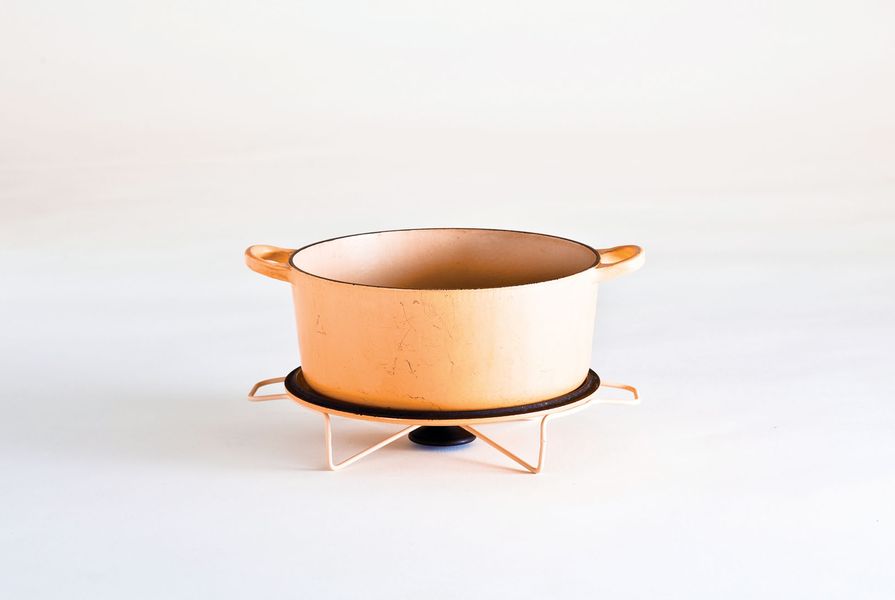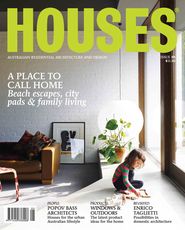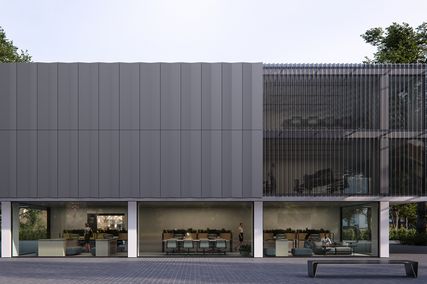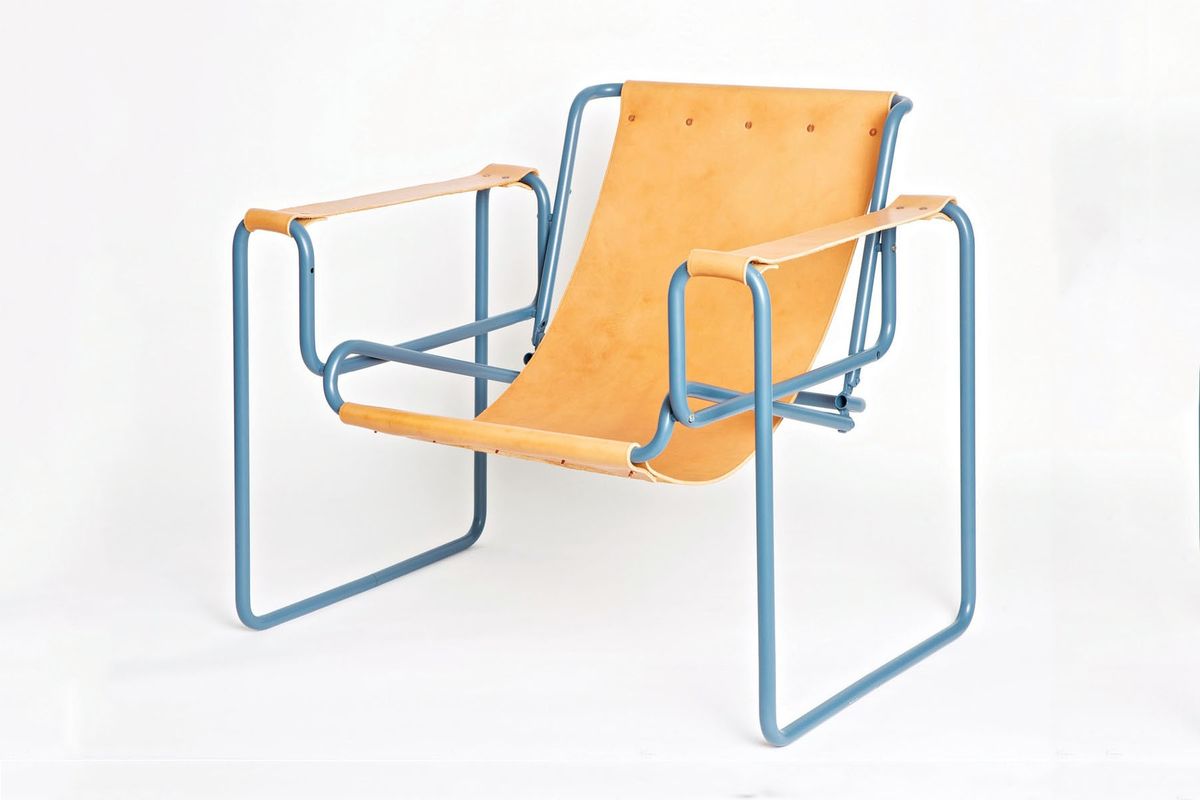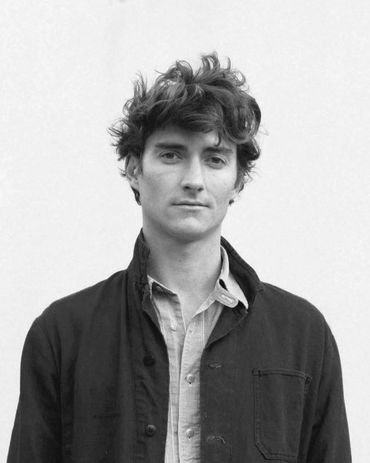
Henry Wilson.
After completing a Bachelor of Arts (Visual) with honours in woodwork at the Australian National University in 2005, designer Henry Wilson set off on a pilgrimage. After visiting schools, museums and design fairs across Japan and Europe, Henry’s trip culminated in Milan at the Furniture Fair. Rather than providing inspiration, the design world’s premier industry fair turned out to be more of a source of disillusionment. “I was swamped by stuff,” he recalls, describing a feeling of concern that he, too, might become a contributor to the “endless tides of newness.”
This consciousness led Henry to pursue further study at Design Academy Eindhoven, an industrial design school that is renowned for considering design more of a social tool than a commercial one. After completing the Man and Humanity Masters course at the school, Henry left with the hope that it was possible to “make stuff and do so with a clear conscience.”
Today, making stuff with a conscience is an accurate, albeit simplified, description of the work taking place at Henry’s studio in Sydney’s inner west. A clear set of values is inherent in his work, from designing for longevity to a belief that design should reference the society it is born to serve.
In response to the ubiquity of “new” design, Henry explores designs already in existence. A replica Wassily chair found discarded on the streets of Sydney was stripped and reinterpreted, turning an imitation of a European twentieth-century design classic into an original twenty-first-century Australian design. Similarly, an appreciation of the Anglepoise lamp led the designer to replace its outdated incandescent light bulb fitting with an almost-invisible LED light source, the glass shade further refining its simplicity and form.
While revisiting and reworking what’s around him is a core element of his approach to design, it isn’t solely how Henry’s time is spent. He took out the 2011 Bombay Sapphire Design Discovery Award for A-joint, a multipurpose joinery system. With potential uses ranging from support for tables and benches, market stalls and even temporary housing, A-joint is an example of design that provides a solution to a problem.
With his strong beliefs about how design can create either “stuff” or truly useful, considered and purposeful objects, it’s not surprising Henry’s work drew the attention of Sydney-based Sarah King, founder of Supercyclers, a design collective focused on transforming perceptions of waste and the way we use things. Supercyclers was offered a space to exhibit at Milan this year and asked Henry to be a part of the team.
Back among the sea of new stuff, Henry, along with King and selected designers from across Europe, flew the flag for design that was, in comparison, “something refreshing … and a little bit out of the norm.” The Supercyclers team has been invited to exhibit in London later this year and Henry, armed with his next designs, will be there with them.

